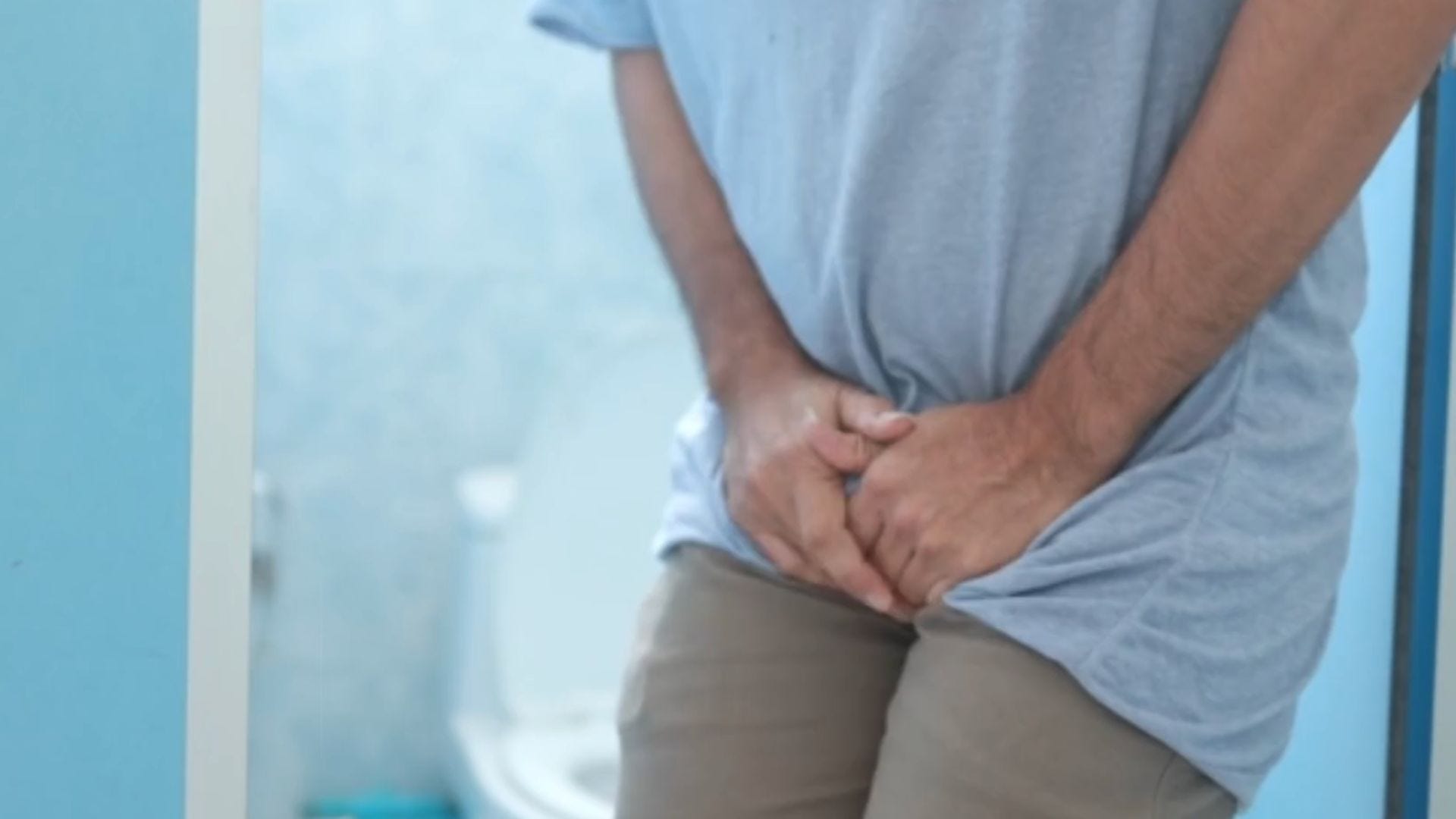What actually causes kidney stones? And how are they treated?

If you’ve ever had a kidney stone, you know how painful and debilitating it can be. A sharp, stabbing pain in your lower abdomen. A dull ache spreading from your lower back to your groin. Intense burning during urination.
"Many people also experience nausea, vomiting, blood in the urine or extreme pain just under their ribs or side," says Dr. Ryan Steinberg, a urologist and clinical assistant professor at University of Iowa Health Care. And contrary to popular belief, it's not just the big stones that hurt. “Any stone of any size that blocks the ability of the kidney to drain can cause severe pain," he explains. Indeed, some people who experience kidney stones say they can be worse than childbirth.
And their impact goes beyond discomfort alone. “Symptoms can lead to emergency room visits, hospitalizations and unplanned surgery,” says Dr. Gregory Tasian, director of the Pediatric Kidney Stone Care Improvement Network at Children’s Hospital of Philadelphia. “They are also associated with increased risks for chronic kidney disease, fracture, hypertension and cardiovascular disease."
They are also more common than many people realize. Some 11% of men and 9% of women get kidney stones, according to the National Kidney Foundation.
Here's what kidney stones are, what causes them and how you can expect to have them treated if they affect you or someone you love.
What is a kidney stone?
Kidney stones, medically defined as renal calculi, are hard deposits that form in the kidneys from chemicals in the urine. “They are literally rocks that are made up of excess salts and minerals that cannot be dissolved in your urine, so they stick together and form little crystals that can eventually accumulate and clump together, becoming stones," explains Steinberg.
There are four main types of kidney stones: calcium oxalate (the most common one), plus uric acid, struvite and cystine stones. Which type you get depends on specific chemical imbalances and any pre-existing medical conditions.
Size also varies with the average kidney stone being around 5 to 6 millimeters in diameter, which is about the size of a pencil eraser. "But stones can range from a couple millimeters to completing filling the entire kidney," explains Tasian.
What causes kidney stones?
Kidney stones typically begin as small crystals that attach on the lining of the kidneys, where they can go unnoticed for months or even years. “At some point, these crystals can accumulate or clump together, grow in size and can move into the ureter and block the flow of urine into the bladder, which causes the severe pain, burning during urination or vomiting,” says Tasian.
A high concentration of solutes like calcium or oxalate in the urine is what usually first causes these crystals to form and clump together.
High concentration of calcium is known as hypercalciuria and can be caused by excessive sodium or animal protein consumption; by the body absorbing higher than normal amount of calcium; or by kidney defects that make it difficult for the kidney to absorb the mineral.
High concentration of oxalate in the urine is known as hyperoxaluria and can be caused by certain genetic disorders or by eating large amounts of foods high in oxalate such as spinach, chocolate, nuts and rhubarb. Dehydration and obesity can also increase oxalate production to occur in the body.
"A host of medical conditions, such as cystic fibrosis, inflammatory bowel disease, recurrent urinary tract infections and certain medications like antacids or seizure drugs may also increase your risk of developing various types of kidney stones," adds Steinberg.
How are kidney stones prevented and treated?
Kidney stones are often preventable by keeping one's weight in check, limiting the amount of sodium and ultra-processed foods you eat and above all, drinking plenty of water.
Even if kidney stones aren't prevented though, most of them pass on their own or with the help of medications such as thiazide diuretics, alkali therapy and uric acid–lowering agents, "which have been safely used for more than 30 years," says Tasian.
Sometimes, surgical intervention is also needed. "If stones are unable to pass, too big to pass or the pain is too severe, they may be removed surgically and there are many minimally-invasive options that require no cuts or incisions and are done as outpatient procedures,” says Steinberg. In such cases, he explains, "the goal is to break up the stones to better allow them to pass.”
While kidney stones can be both painful and debilitating, "the best way to deal with them is to visit with a urologist who can help you review your options and decide on a treatment plan,” Tasian explains. “They can help you not only find relief but also assist you in preventing future episodes from occurring.”